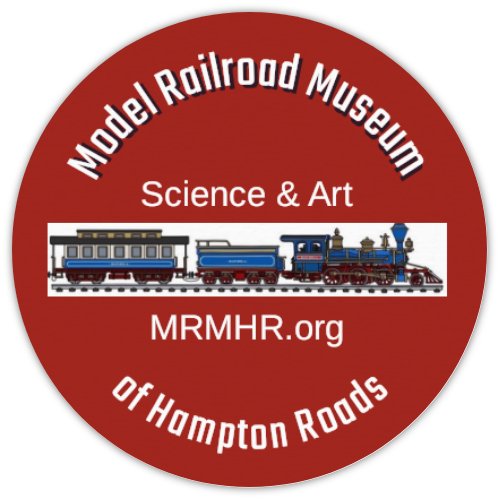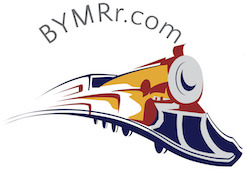Making Tracks
June 2024
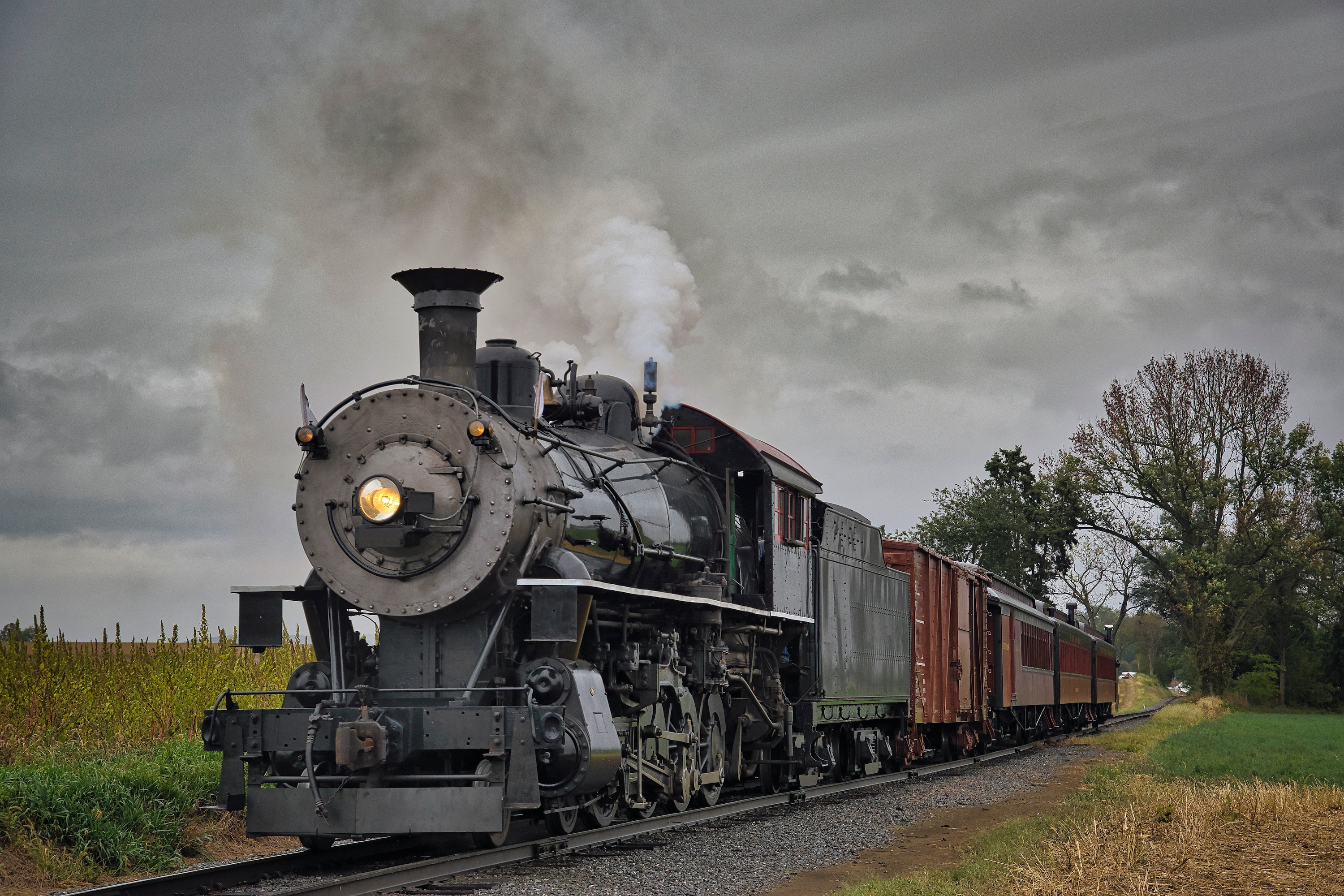
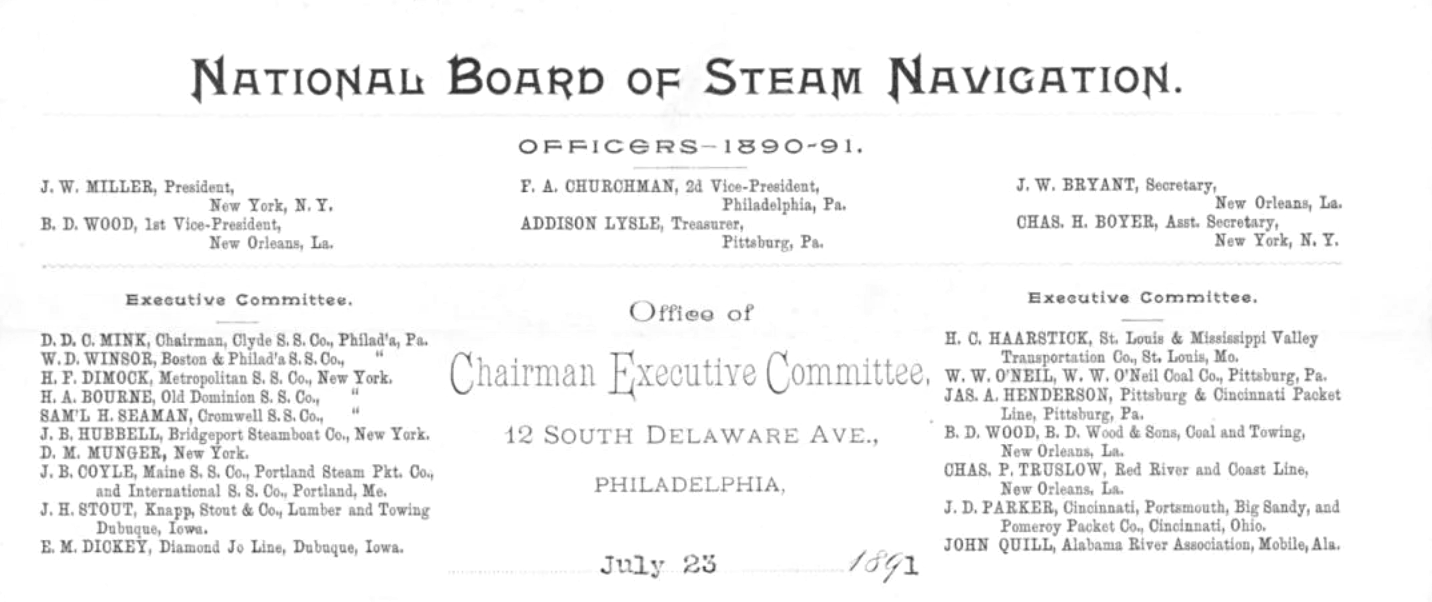
Birth of Virginia Beach - Part 11
By Historian Warren Leister
Starting at an early age, Marshall Jr. became intimately involved with steamboats as was his father from whom he, no doubt, learned a great deal about them. This ultimately led to Marshall Jr’s only public job as a Supervising Inspector of Steamboats in a large district during the first term of President Grover Cleveland from 1885 to 1889. Ten years before that from the New York Times is a story that relates to steamboats, and to a lesser degree railroad locomotive, inspections dated August 25, 1875 in a column labeled “Local Miscellany” with sub headlines “A Convention of Steam-Boat Men,” “The coming annual meeting of the national board - 600 million dollars of invested capital represented – What is to be Done.”
“A special meeting of the National Board of Steam Navigation was held yesterday afternoon at the office of the board … to make arrangements for the forthcoming fourth annual meeting of the association ... The association is composed of steamboat and steamship owners in all parts of the United States … It … consists of a National Board and local boards in all principle lake and seaports of the Union.” In this section of the article, Marshall Jr. is listed as being a member of the national Executive Committee.
The article continues “The principal
matter that will come before the board will be the proposed repeal of the
Steamboat act of Congress (aka the original “Steamboat Inspection Bill”) of
Feb. 28, 1871, which steam vessel owners have been fighting since its passage
to over throw. They claim that by its provisions all sorts of useless patents
have been foisted upon them, involving them in an immense expense. They
instance {cite as an example} the mud drum attachment to steam boilers.
Boats plying on some of the Western rivers are bothered by deposit of mud on
the bottoms of their boilers, which retained the heat so as to burn out the
bottom and render the boiler liable to burst. This was seized upon as a pretext
under the law to compel owners of steam vessels everywhere to purchase mud
drums, at a cost of $400 apiece. Instead of relieving the boilers the drums
increased the deposit of mud, and this fact being brought to the notice of the
Supervising Inspectors, the order was abrogated, but not until $80,000 had
found their way into the pockets of the patentee {in other words the holder
or holders of the patent}. One of the inspectors was subsequently
discovered to be interested in the patent {in other words, was related or
connected to the patent in a business way leading to a substantial conflict of
interest for someone who is an inspector}, and was discharged from the
service {of being an inspector}. Another example given is the patent
steam gauge, whose use was discontinued after large sums had been spent
on it by steamboat owners and it had proved to be utterly worthless to record
the steam pressure. There was a bell attachment to these gauges, which rung
whenever the pressure reached a certain point, and a notice being conspicuously
posted that this indicated danger, although it did not, a panic was several
times created among the passengers on board of various boats. Still another
example given is the safety valve locks, which cost the steamboat owner $5
apiece, and whose use is still obligatory. The boatman is obligated to make a
requisition for them on the Treasury Department, which forwards the order to
the Seal Lock Company, who transmit the locks ordered to the Supervising
Inspectors, accompanied by an invoice, a duplicate invoice being sent to the Treasury
Department. The inspectors send the locks to the boatman, who pays for them at
the local Custom house, and the Collector forwards the money to the Treasury
Department, through which channel it finally reaches the Seal Lock Company. The
same locks are sold to the railroad companies at $1.50 each, and a much better
lock is in existence which sell at twenty-five cents.”
“The steamboat men have another cause
of complaint in the fact that railroads are allowed to carry hay and cotton
uncovered, while the law requires them to cover each bale. A similar
discrimination in regard to petroleum and other ignitable substances is made by
the law in favor of the railway companies. But the more fertile source of
dissatisfaction is the liability clause. If a man owns $5,000 in a steamboat,
and through the carelessness of its Captain a collision should take place
involving $100,000 damages, his private property is liable to his proportionate
share of the damages over and above his interests in the boat, and to the
entire amount if the co-partners have not the wherewithal to bear their
proportion. Many boats in the West are now, on this account, run by limited
liability stock companies incorporated under State laws, but if they happen to
get caught outside of their State the law becomes operative on their property
and person. …”
From the Virginian-Pilot dated September 2, 1880 titled “Internal Commerce – The National Board of Steam Navigation,” “The National Board of Steam Navigation began its ninth annual session at the Atlantic Hotel, in this city {Norfolk, Va}, yesterday morning, with about forty officers and delegates present … sub title: ‘The Parks System,’ ‘Commodore Marshall Parks has introduced to public notice a cheap method of furnishing light by use of compressed gas. Without a doubt an economical and convenient light may thus be furnished in certain localities. Modern science and skill have been apt and energetic in advancing improvements in lens and in the illuminating or candle power of light. The administration of the light-house system of the United States compares favorably with that of England, where no expense or pains has been spared to attain efficiency.”
“General Negley stated that the report had only briefly mentioned Commodore Parks’ system as a matter of delicacy, that gentleman being a member of the committee, but he hoped it would be fully discussed during the session.” {What this is touching on is that despite the fact that Marshall Jr. is a member of the committee and the mentioning of his invention at this meeting could be construed as a conflict of interest, that despite all that the invention’s importance to navigation is such that it compels a brief mention upfront that will be followed on by a full discussion of the invention and its potential benefits to navigation across the U. S.}
At the turn of the century, the Steamboat
Inspection Service was transferred to the Federal Department of Commerce and
Labor where in 1932 it was merged with the Bureau of Navigation, which had been
established in 1844 to oversee the regulation of merchant seamen. In 1936, this
combined Bureau of Steamboat Inspection and Navigation was reorganized to form
the Bureau of Marine Inspection and Navigation. On Feb. 28, 1942, President
Franklin Roosevelt, as a wartime measure, signed Executive Order 9083, which
transferred the Bureau of Marine Inspection and Navigation temporarily to the
control of the U. S. Coast Guard. This transfer was made permanent by
Reorganization Plan Number 3 on July 16, 1946, and the marine safety mission
has resided in the U. S. Coast Guard ever since.
The U. S. Coast Guard maintains a large
presence in the Hampton Roads region at Yorktown, Va., Cape Charles, Va.,
Portsmouth, Va, along with extensive U. S. Coast Guard facilities at Elizabeth
City, Nc.
The National Board of Steam Navigation celebrated its 50th anniversary in 1921 and was still going in the early 1930’s, but then disappeared around the time the bureaus of Inspection and Navigation merged in 1932.
In addition, the National Board of
Boiler and Pressure Vessel Inspectors was created in 1919 to promote a greater
safety of life and property through uniformity in the construction,
installation, repair, maintenance and inspection of pressure equipment. This
organization is still in existence today.
End of Part 11
This concludes “Birth of Virginia Beach Part 11” the next installment,
Part 12, will be published in July, 2024.

Share this site on your favorite Social Media page!
Recent Articles
-
Making-Tracks-December-2025
Dec 14, 25 06:23 AM
The official newsletter for the Model Railroad Museum of Hampton Roads -
Making-Tracks-November-2025
Dec 12, 25 12:15 PM
The official newsletter of the Model Railroad Museum of Hampton Roads -
A STEM Educational Center
Nov 09, 25 07:20 PM
Being a STEM Educational Center is a major part of our mission.
The Birth of Virginia Beach
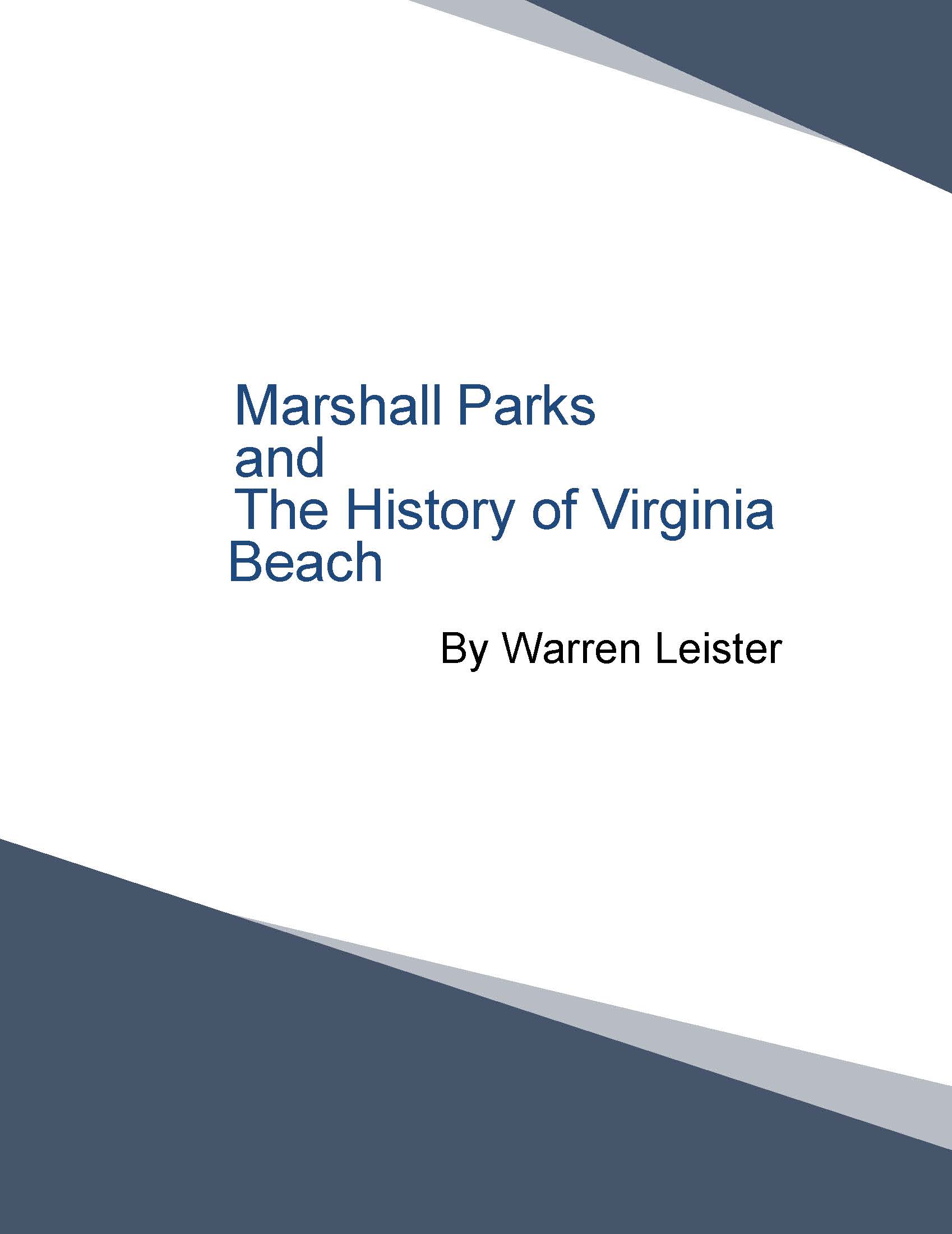
We have created and published a new historical document on the Birth of Virginia Beach. This has been written by our historian Warren Leister after researching the era and the people involved for several years. Excepts have been published here in our newsletter previously, but the information is now available all together in a 99 page document that you can purchase in our store. It factually explores the events, the dedicated people and the interesting culture in which they lived. Pick up your copy today!
The Model Railroad Museum of Hampton Roads is a fantastic community center based on running, operating and even building your own model railroads! There's something for every age here.
Learn about the real history of this area and how important it was in the building of America. Watch how railroads were built, the people involved, where America's roots were formed.
As they build their own railroads, students will be learning about science, electronics, architecture, technology, engineering, mathematics, and the art of 3 dimensional model landscaping. They can earn rewards for completing projects and winning contests.
Try to solve yardmaster problems on a switching layout like getting the lumber from the forest to the furniture store, by way of the saw mill and the lumber yard.
Run your train around blockades and other trains to get to the station on time without speeding or crashing.
Play railroad monopoly using model railroads. Winner is the one who can collect the most cars into his yard within an hour.
There will be programs for autistic and special needs kids, disabled adults and veterans.
School tours. Holiday Shows. Library and video rooms. Even youngsters will have their own wooden models to enjoy. There are classes and hands-on clinics for adults. Learn how to get started in the hobby. Or just enjoy the fun.
Everybody loves trains and this will prove it! Just click on the either the blue DONATE button below to make it happen...
PayPal Giving Fund:
No Credit Card Fees
OR...
Charitable Donations through PayPal, Credit or Debit cards:
(Opt in or out of paying credit card fees)
Get Updates and Special Offers in
the MRMHR Newsletter:
Making Tracks
Sign Up Here...
The official newsletter for the Model Railroad Museum of Hampton Roads

